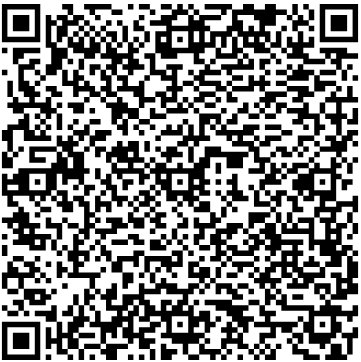Facilities:
- Pulmonary Function Testing (PFT) Lab: A facility equipped to assess lung function and diagnose respiratory conditions through tests such as spirometry, lung volume measurement, and diffusion capacity.
- Bronchoscopy Suite: A specialized area for performing bronchoscopy procedures, allowing direct visualization of the airways for diagnostic and therapeutic purposes.
- Sleep Disorders Center: A facility that evaluates and treats sleep-related disorders such as sleep apnea, insomnia, and restless leg syndrome, often involving sleep studies.
- Pulmonary Rehabilitation Center: A program that combines exercise, education, and support to improve the quality of life for individuals with chronic respiratory conditions.
- Chest Imaging Unit: Equipped with technologies like chest X-rays, CT scans, and MRI to aid in the diagnosis and monitoring of lung diseases.
- Respiratory Intensive Care Unit (RICU): A specialized unit for the intensive care of patients with severe respiratory distress or critical pulmonary conditions.
Surgeries
- Lung Biopsy: A lung biopsy is a diagnostic procedure that involves the removal of a small sample of lung tissue for examination. This can help identify the cause of abnormalities seen on imaging tests or diagnose lung conditions such as cancer.
- Thoracoscopy (VATS – Video-Assisted Thoracoscopic Surgery): Thoracoscopy is a minimally invasive procedure that uses a small camera and instruments to examine or treat conditions within the chest, such as pleural effusion, lung nodules, or certain lung cancers.
- Lobectomy: Lobectomy is a surgical procedure that involves the removal of a lobe of the lung. This is commonly performed to treat lung cancer or other lung diseases that are confined to a specific lobe.
- Pneumonectomy: Pneumonectomy is the complete removal of one lung and is typically performed to treat extensive lung cancer or severe lung diseases affecting an entire lung.
- Chest Tube Insertion: Chest tube insertion is a common procedure to drain excess air, fluid, or blood from the space around the lungs (pleural space). This helps re-expand the lung and aids in the treatment of conditions like pneumothorax or pleural effusion.
- Bronchoscopy: Bronchoscopy is a diagnostic and therapeutic procedure that involves the insertion of a flexible tube into the airways. It can be used to visualize the airways, obtain biopsies, and remove foreign bodies or mucus plugs.
- Pleurodesis: Pleurodesis is a procedure that induces the adherence of the two layers of the pleura (lining around the lungs), often done to prevent the recurrence of pleural effusion.
- Lung Transplant: Lung transplantation involves replacing a diseased or damaged lung with a healthy lung from a deceased donor. This is considered in cases of end-stage lung diseases when other treatments have failed.
- Tracheostomy: Tracheostomy is a surgical procedure where a breathing tube is inserted directly into the trachea (windpipe). It is often performed in cases of prolonged mechanical ventilation or upper airway obstruction.
- Thymectomy: Thymectomy involves the removal of the thymus gland, which is located in the chest. This surgery is sometimes performed to treat myasthenia gravis or thymomas.
It’s important to note that these procedures are specialized and should be discussed thoroughly with a healthcare professional based on individual health conditions and needs.
These facilities and surgeries play a crucial role in the comprehensive management of respiratory disorders within the realm of Chest Medicine and Pulmonology.
Doctors

Dr. Syed Tarique
Chest & TB Specialist, Allergy Specialist, Bronchoscopist and Sleep Disorder Specialist
Director
Read moreFrequently Asked Questions(FAQ’s)
What services are offered in the Chest Medicine and Pulmonology department?
Synergy Hospital provides comprehensive respiratory care, including Pulmonary Function Testing (PFT), bronchoscopy, chest imaging, sleep disorder management, pulmonary rehabilitation, and a Respiratory Intensive Care Unit (RICU) for critical cases.
Who is the lead pulmonologist at Synergy Hospital?
Dr. Syed Tarique, a Chest & TB Specialist with over 10 years of experience, leads the department. He specializes in treating lung diseases, asthma, COPD, sleep disorders, tuberculosis, and allergy-related conditions.
What diagnostic tests are available for respiratory conditions?
The hospital offers a range of diagnostic tests, including Pulmonary Function Tests (PFT), chest X-rays, CT scans, MRIs, and bronchoscopy, to accurately diagnose various lung and respiratory conditions.
What treatments are available for sleep disorders?
The Sleep Disorders Center at Synergy Hospital provides evaluation and treatment for conditions like sleep apnea, insomnia, and restless leg syndrome, often involving sleep studies to determine appropriate therapies.
Is there a program for pulmonary rehabilitation?
Yes, the Pulmonary Rehabilitation Center offers a program that combines exercise, education, and support to improve the quality of life for individuals with chronic respiratory conditions.



.svg)
.svg)



